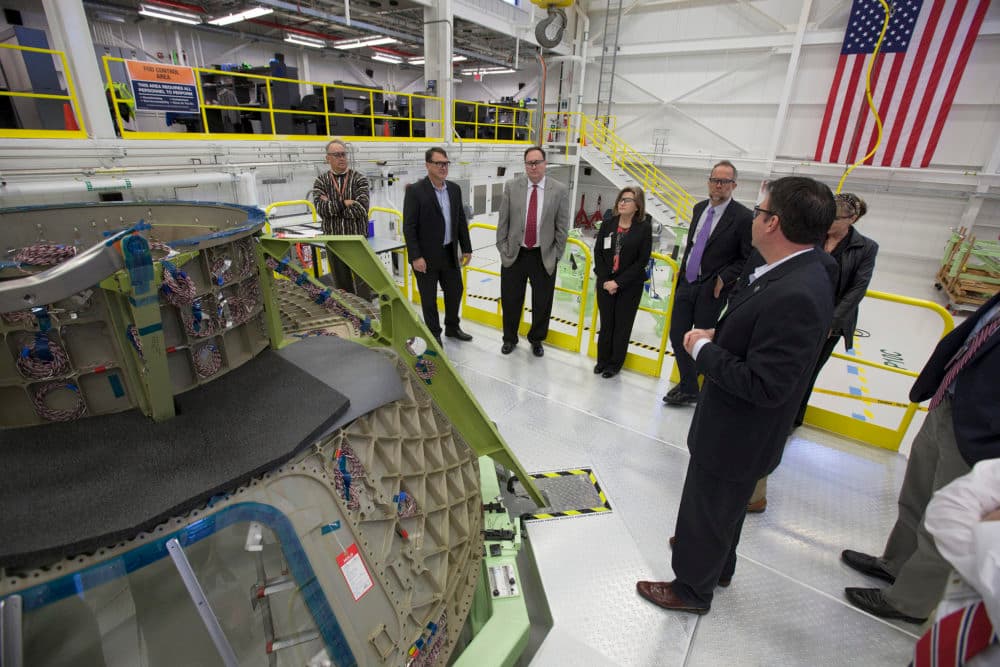United Launch Alliance unveiled a new, more aerodynamic configuration of the Atlas V rocket Thursday. The rocket was redesigned to launch the CST-100 Starliner Crew Capsule, a Boeing design that will make its first test flight in 2018.
The original configuration of the Atlas V and capsule encountered challenges regarding aerodynamic stability. After six months and three wind tunnel tests, the design was reconfigured to include a metallic orthogrid structure, called an “aeroskirt.”
The skirt contains provisions to manage over-pressurization in case of an emergency during the boost phase of flight and will eventually be discarded from the rocket to maximize performance.

"Our testing indicates the solution we chose will sufficiently smooth the air flow around the vehicle during ascent, ensuring crew safety and mission success," John Mulholland, vice president and program manager of Boeing's Commercial Crew Program, said in a statement.
The ULA reviewed the preliminary design earlier this month with production scheduled to begin later this month.
NASA awarded Boeing $4.2 billion in 2014 to develop the CST-100 Starliner. Boeing and SpaceX both received awards as part of NASA's Commercial Crew Development program, an effort to return manned space launches back to U.S. soil, according to NASA.
ULA was denied a fiscal award, but signed an unfunded commercial contract with NASA for the purposes of exchanging information and human-proofing the design of the Atlas V.
An unmanned test flight is planned for 2018 with operational missions to follow.
Multimedia business & healthcare reporter Chloe Aiello can be reached via email at [email protected] or twitter.com/chlobo_ilo.
Subscribe to Denverite’s newsletter here.












